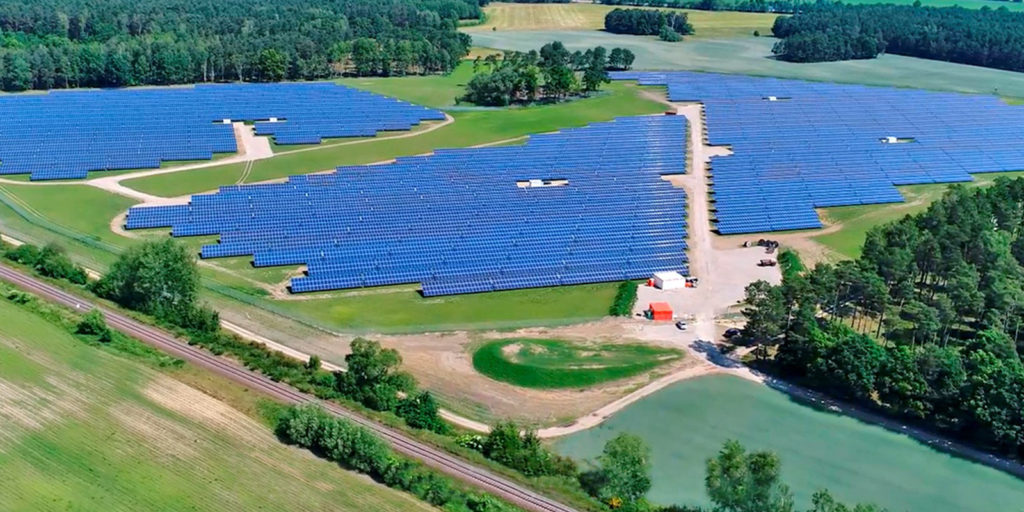From pv magazine Germany
Germany’s Federal Network Agency (Bundesnetzagentur) announced on Friday the results of parallel tenders for PV systems over 750 kW and on-shore wind power projects. A total of 37 PV projects with a combined capacity of 192 MW were awarded contracts in the tender.
According to the agency, bids for solar projects ranged from €0.0386/kWh and €0.0515/kWh per kWh, which meant the lowest bid was slightly below the result of the previous tender of the same kind (€0.0389/kWh). The highest bid was also higher than the highest reported in June’s tender, which was €0.0496/kWh.
Overall, 76 bids with a total capacity of 551 MW were submitted to the tender, meaning the round was clearly oversubscribed. “In the case of solar tenders, there is still a high level of competition for EEG subsidies,” said Federal Network Agency President Jochen Homann. Only three bids were excluded because of formal errors.
Most of the winning projects – 14 – are located in the southern region of Bavaria. According to Bundesnetzagentur data, only four of these are on arable land in less-favored areas.
The list of the selected projects this time shows a wider dispersion among the actors. Enerparc, which cleared more than half of all projects in the preliminary round, this time secured six bids. Meanwhile, five projects each were awarded to Hallertauer Handelshaus GmbH and TEP Merkur GmbH & Co.KG.
The parallel wind power tender, however, painted a different picture. For a capacity of 670 MW, just 62 bids were submitted for almost 400 MW. In total, the Federal Network Agency awarded 57 projects with a total output of 363 MW in the round.
The awarded tariff was between €0.0500 and €0.0630 per kilowatt hour. The average aggregate value indicated by the authority was €0.0626 per kilowatt hour.
The next technology-neutral tender, in which PV systems will have to compete with onshore wind power, will be held on November 1. In the first round held in April, all projects went to solar PV.
This content is protected by copyright and may not be reused. If you want to cooperate with us and would like to reuse some of our content, please contact: editors@pv-magazine.com.




Can the solar industry survive without subsidies? Generous feed-in-tariffs (FITs), financial incentives for installing solar, made Germany the world’s largest solar market by around 2010.
The feed-in tariffs of this new plants is below the market value of the electricity!
https://www.netztransparenz.de/EEG/Marktpraemie/Marktwerte
This means that they don’t need any money of the “EEG” account and the feed-in tariffs are only as a bottom safety and to get credits!